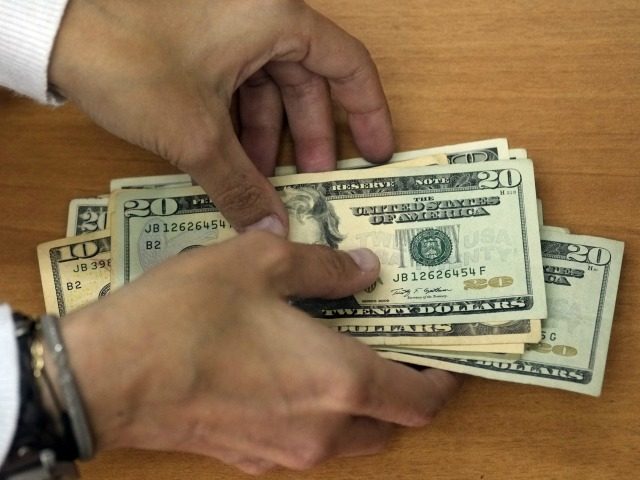It’s pretty clear President Obama wants nationalizing small-dollar consumer loans to be part of his “legacy.”
As this most intellectually slothful of administrations mercifully winds down, the president is stepping up efforts to drive out private lenders in these markets and replace them with a government-owned bank, run through the Postal Service.
It formalized this effort in June when the Consumer Finance Protection Bureau released its Small Dollar Lending Rule. The rule sets out to clean up the online and small-dollar consumer loan industry by ending harassment and requiring lenders to determine their customers can repay – as if they didn’t do that already.
The industry largely has accepted the rule will go forward in some form. What it’s asking now is that its customers not be required to do more to prove their fitness to borrow than do those who borrow far larger sums for houses, cars, etc.
If the rule goes forward as proposed, from 60 percent to 75 percent of lenders say they would abandon the business. The administration already has implemented rules on traditional banks that make it virtually impossible for them to participate in the small-dollar consumer loan market. In other words, the rule would eliminate another block of competitors to the administration’s dream of a post office bank.
The industry well understands the politics involved and has attempted to head off criticism by establishing standards and best practices. Lenders also want a rule that addresses legitimate concerns but allows them room to innovate and continue to operate in the market.
For instance, the test for determining a consumer’s ability to repay should be proportional to the size, duration and complexity of the loan. If I lend you $10, I don’t need to know all that much about your ability to repay – your access to future such loans is your largest motivation to keep current. But if I lend you $10 million to be repaid over 30 years, then more documentation is appropriate.
In the case of the proposed rule, ability-to-repay requirements call for a written budget and verification of income and expenses and living expenses estimates and estimates of residual income and a database check and written policies and procedures and a 36-month requirement to maintain records of customers’ personal spending habits. It would all start from an assumption that is untrue – that borrowers do not have the ability to repay.
Voluminous document production is precisely what keeps many borrowers out of traditional banks. Lenders know the risks inherent in their industry and have figured out a way to make money and for 80 percent of their customers to repay according to terms and more than 90 percent to pay in full for all loans.
The Consumer Financial Protection Bureau rule also calls for cooling-off periods and limitations on the number of loans within specified time periods. These are unnecessary and potentially disastrous for customers. Who knows when your car is going to break down? What if it breaks down right after you fix it? Should you just lose your job because government is looking out for you?
The proposed rule also allows for alternatives to the ability-to-repay requirements. But these alternatives would mean these lenders feasibly could serve only prime borrowers, and prime borrowers do not seek small-dollar consumer loans.
This rule, by design, drills down to the smallest of loans and most vulnerable of borrowers. It covers loans of less than 45 days, those with interest above 36 percent and those that allow payments to be taken directly from a bank account or payroll deduction or that use automobiles as security.
Some say there are as many as 45 million “unbanked” Americans – people who, for a variety of reasons, can’t access the traditional banking system. These are the people the administration claims it seeks to help. They are largely on the margins, immigrants, poorer people and those with past credit problems.
The consumer loan industry has developed ways to discern ability to repay from this group. The group has nowhere else to turn.
So what will take precedence? Will the Obama administration try to bulrush a rule through that destroys one of the last impediments to its dream of federal banking? Or will it address the needs of the people it claims to support and modify the rule so small-dollar lenders can continue to operate?
The industry could live with the rule if the ability-to-repay provision were taken out or rewritten to be less burdensome and complex. If the administration’s goal is to prevent practices that put customers in debt traps, why not collaborate and come up with something reasonable?
If the administration refuses, we know the goal is not to help consumers but to regulate a legal industry – the sole source of credit to millions of working class Americans – out of business.
Coming down on the side of the little guy for once is not a bad legacy.

COMMENTS
Please let us know if you're having issues with commenting.